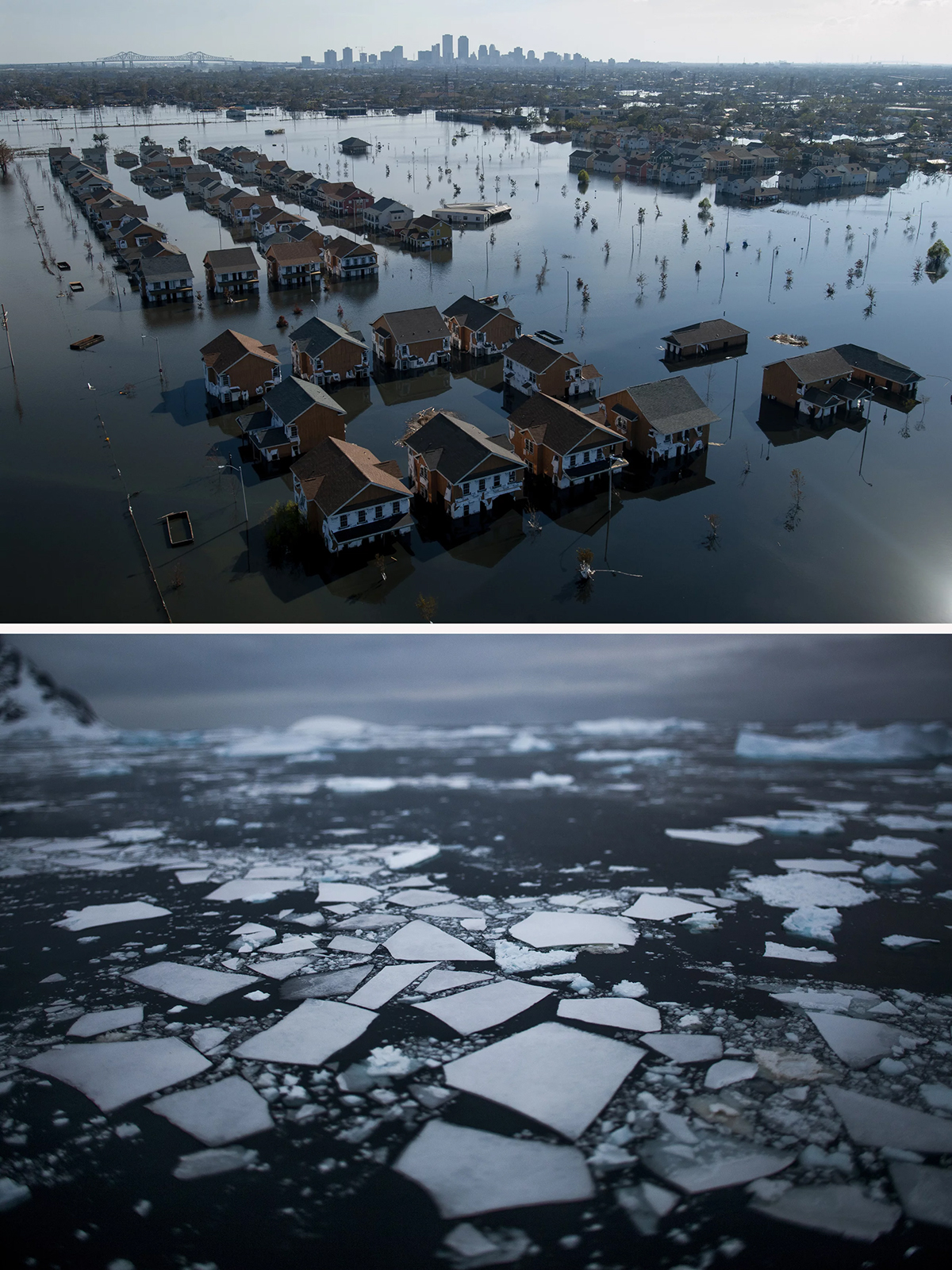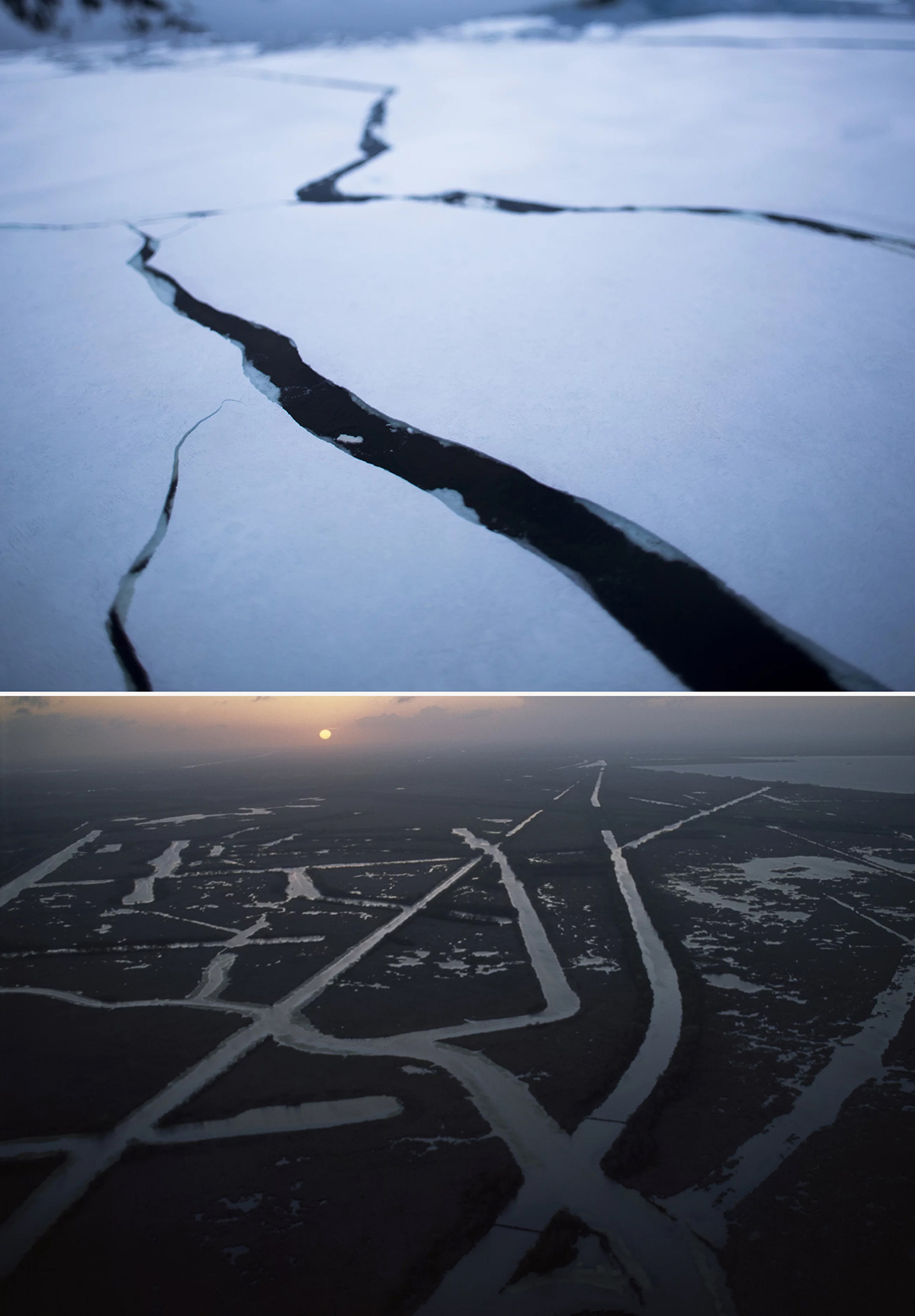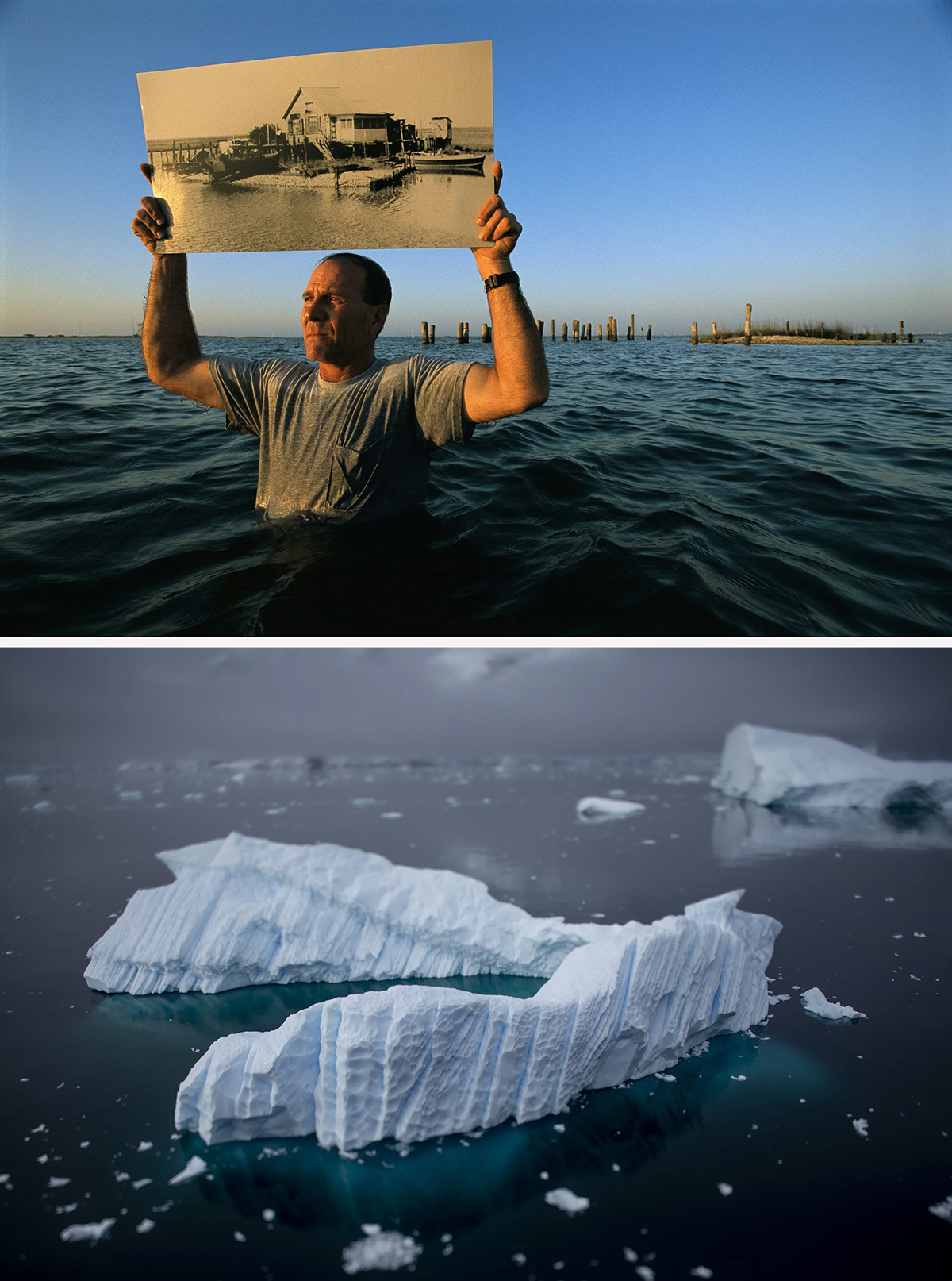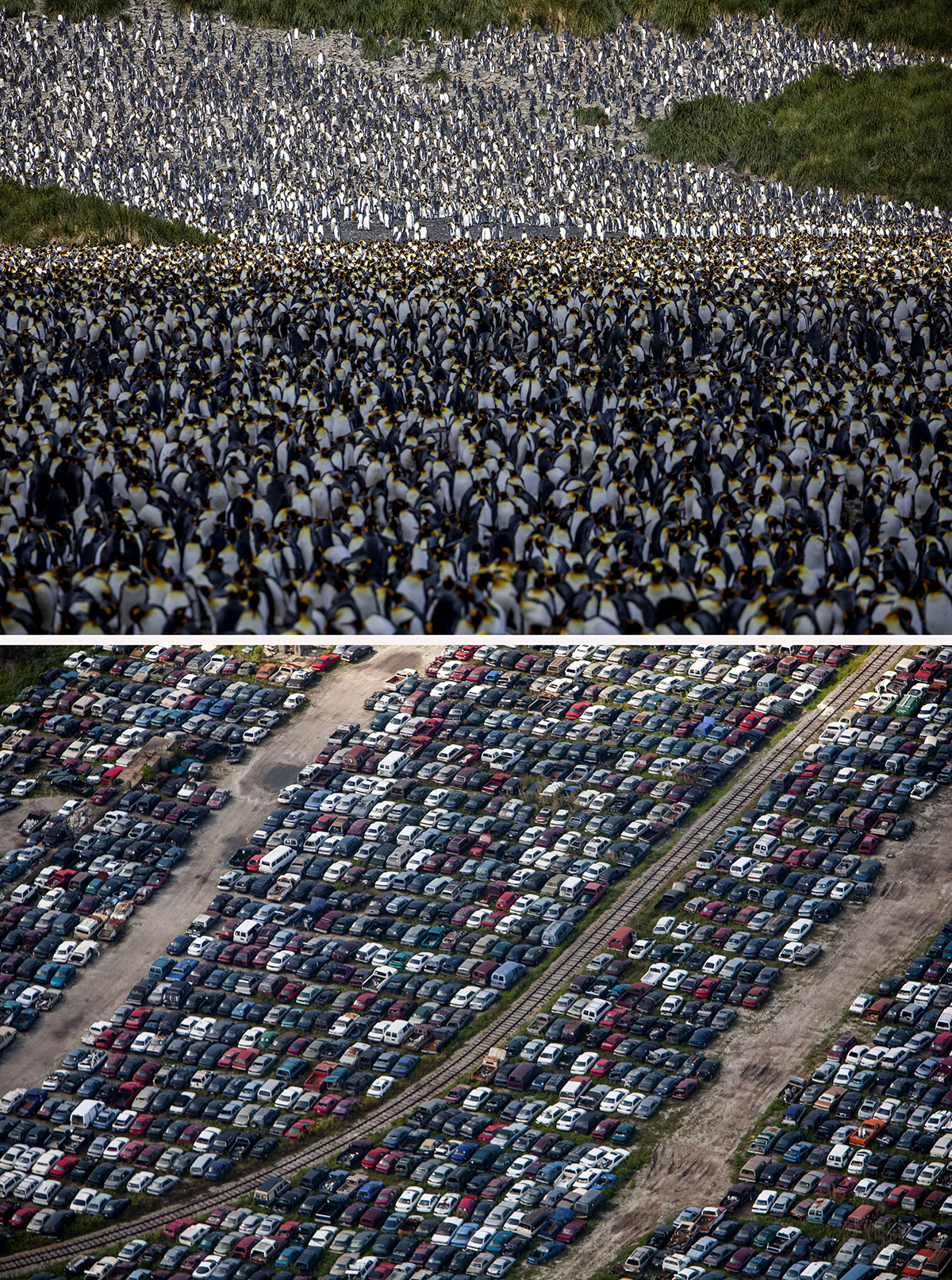The Art of the Personal Project is a crucial element to let potential buyers see how you think creatively on your own. I am drawn to personal projects that have an interesting vision or that show something I have never seen before. In this thread, I’ll include a link to each personal project with the artist statement so you can see more of the project. Please note: This thread is not affiliated with any company; I’m just featuring projects that I find. Please DO NOT send me your work. I do not take submissions.
Today’s featured artist: Tyrone Turner
As frigid wind whipped across the ship’s bow, I held the railing with one hand and steadied my camera with the other. In front of me stretched the Bellingshausen Sea, off the coast of Western Antarctica. I was there — my second journey to the region around the southernmost continent — early this year on a five-week voyage as a photographic expert aboard the National Geographic Endurance. A small group of passengers and I stood on the deck together, wrapped up tightly against the below-freezing temperatures, documenting this otherworldly landscape.
Pancakes of sea ice covered the waters as far as the eye could see. A lone emperor penguin tucked its head into its chest of feathers. As we sailed past seals resting on the ice, they raised their heads and promptly slid into the water. This frozen world seemed so different and foreboding — and yet, at the same time, familiar. In a strange way, I felt connected to my subtropical birthplace thousands of miles away — in the coastal regions of southeastern Louisiana.

(Top image)A September 2005 aerial photo of a flooded New Orleans in the days following Hurricane Katrina. The storm’s surge of floodwaters burst through levees, flooding 80% of the city and killing more than 1800 people in New Orleans and on the Gulf coast. (Bottom image) Fractured sea ice near the western coast of the Antarctic Peninsula in November 2017.

(Top image) Cracks in sea ice extend from the ship’s bow in the Lemaire Channel of the Antarctic Peninsula in November 2017. (Bottom image) Oil and gas pipeline and exploration canals cut into the marshlands near Larose, La., in November 2006.

(Top image) Spyboy Al Polite of the Mardi Gras Indian tribe Fi Yi Yi walks through the streets of downtown New Orleans on Carnival Day, February 2013. (Bottom image) A view of the glaciers and mountains from the Gerlache Strait on the western side of the Antarctic Peninsula in February 2022.

(Top image) Maurice Phillips walks through marsh grass near his home in Grand Bayou, southeast of New Orleans, in March 2006. The village is only accessible by boat and is increasingly vulnerable to storm surge because of the loss of the surrounding wetlands. (Bottom image) Adelie penguins walk on sea ice near the Fish Islands in the Antarctic Peninsula in February 2022.

(Top image) Pete Vujnovich Jr. holds a photo of what was once his grandparents’ home as he stands in that spot in the marshlands near Empire, La., in May 2004. (Bottom image) Icebergs float on the Lemaire Channel waters off the Antarctic Peninsula in January 2022. The increase in sea level rise from glacial runoff has the potential to overwhelm coastal regions around the world.

(Top image) A king penguin colony on the South Georgia Island’s in February 2022. Scientists warn that, in the future, warming oceans and commercial fishing could negatively affect the penguins’ food sources. (Bottom image) An aerial photo of thousands of cars flooded by Hurricane Katrina near New Orleans in April 2007.

In the top photo (2004), dead oak trees line a highway near Leeville, La. Salt water intrusion from oil and gas canals and subsidence have degraded the area marshlands and contributed to the land loss in coastal Lousiana. In the bottom photo (2022), an iceberg floats in the Bellingshausen Sea in Western Antarctica. Icebergs come from the natural calving at the edges of the ice sheets on the Antarctic continent. However, recent studies have shown that the ice loss from calving is increasing and could cause Òsignificant sea-level rise in the future.Ó

(Top image) A portrait of Everidge Green Jr., 6 years old, in the window of his grandfather’s rebuilt home in New Orleans in August 2014. His older cousin and great grandmother died in the floodwaters of Hurricane Katrina in August 2005. (Bottom image) The mountains of South Georgia and clouds are reflected in the windows of the National Geographic Endurance in February 2022.
To see more of this project, click here
APE contributor Suzanne Sease currently works as a consultant for photographers and illustrators around the world. She has been involved in the photography and illustration industry since the mid 80s. After establishing the art-buying department at The Martin Agency, then working for Kaplan-Thaler, Capital One, Best Buy and numerous smaller agencies and companies, she decided to be a consultant in 1999. She has a Twitter feed with helpful marketing information because she believes that marketing should be driven by brand and not by specialty. Follow her at @SuzanneSease. Instagram
Success is more than a matter of your talent. It’s also a matter of doing a better job presenting it. And that is what I do with decades of agency and in-house experience.
3 Comments
This is such an amazing and well done concept.
It really is a great concept and done so well. Thanks for writing.
These are incredible. Love the pairings and compositions.
Comments are closed for this article!